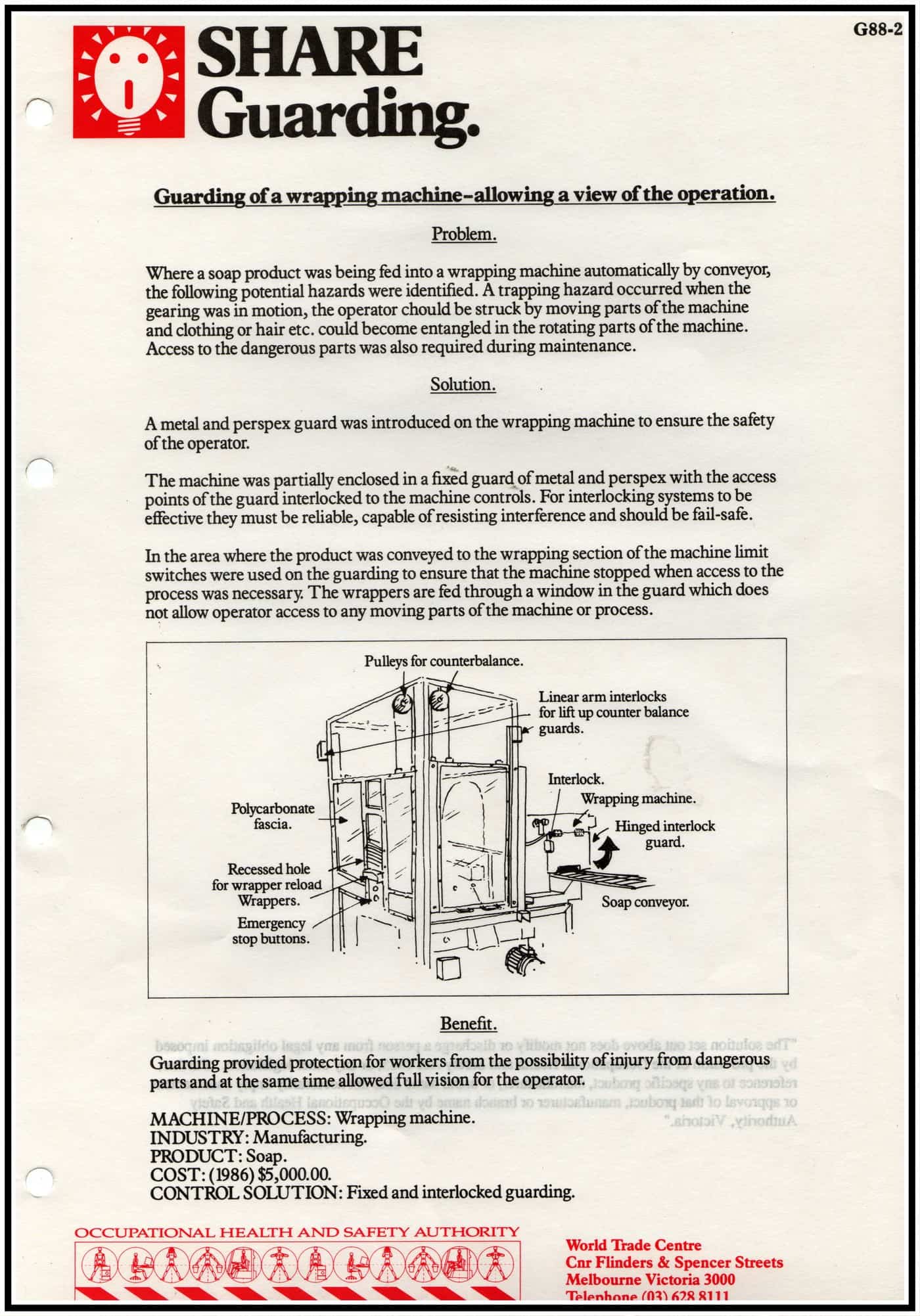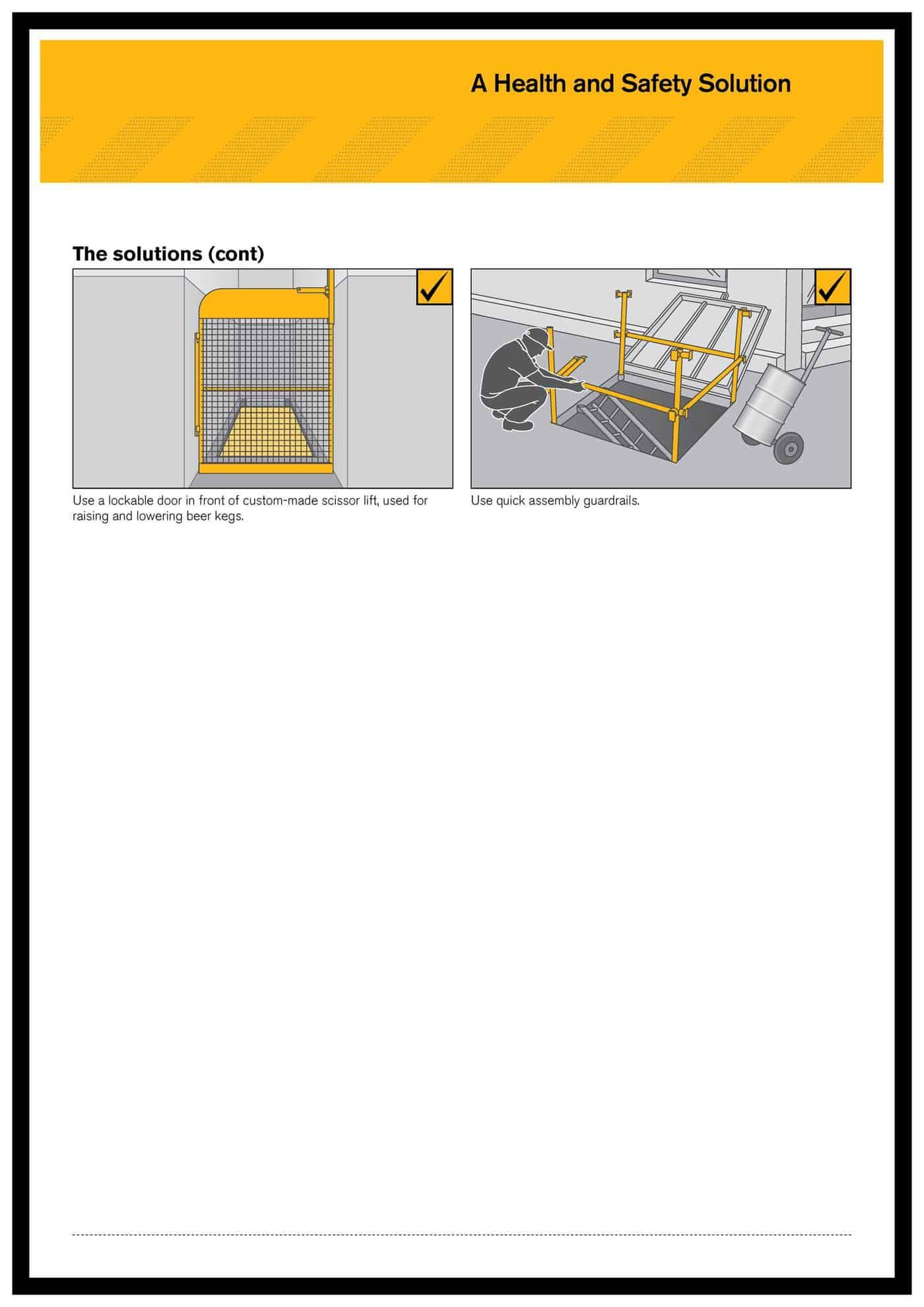In January 2009, SafetyAtWorkBlog reported on the end of a political saga involving parliamentarian Paula Wriedt. Ms Wriedt has since become a spokesperson for the treatment of depression and on 10 August she spoke with the Australian Broadcasting Corporation about more resources for the treatment of mental health issues in the young.
Category: Uncategorized
Do health professionals make the best OHS leaders?
David Michaels has been nominated by President Obama as the new Assistant Secretary for the Occupational Safety and Health Administration in the Department of Labor. (A brief profile of Michaels is available HERE.) A posting at a US Workers’ Compensation website links through to a discussion on the potential impacts of the Michaels’ appointment.
There are several telling quotes in the podcast. Sidney Shapiro, a law professor at Wake Forest University, says that OHS achieves more when run by someone with a health professional background.
“…I think it’s important that we know that David Michaels is a health professional. And I think OSHA’s done best when it’s had administrators from the public health community. It is, after all, a public health agency. More times than many of us would wish, it’s been headed by someone who’s been an adamant critic of OSHA and has come from industry or been an industry lawyer.”
Whether this position can be applied to regulators in other jurisdictions is an interesting question.
The Chair of the UK HSE Board, Judith Hackett, has a background in petrochemicals. The CEO of the HSE, Geoffrey Podger, has a background in the civil service, health and food safety. The chair of the Safe Work Australia Council, Tom Phillips was the former CEO of car manufacturer, Mitsubishi, and has served on a range of industrial company boards in South Australia. The Chair of WorkSafe BC board, Roslyn Kunin, harks from human resources and the labour market. Greg Tweedly CEO of WorkSafe Victoria has a background in insurance and compensation. Nina Lyhne of WorkSafe WA comes from road safety and compensation.
This unrepresentative sample shows a mix of experience and not all from health promotion. If the list was comprehensive, it would be interesting to see if Shapiro’s comments stack up and to see how many trade union officials have moved to “the top” or will simply remain “on the board”.
The Living on Earth podcast includes the following quote from Michaels from some time ago:
“What polluters have seen is that the strategy that the tobacco industry came up with, which essentially is questioning the science, find the controversy and magnify that controversy, is very successful in slowing down public health protections. And so the scientists who used to work for the tobacco industry are now working for most major chemical companies. They don’t have to show a chemical exposure is safe. All they have to do is show that the other studies are in question somehow. And by raising that level of uncertainty, they throw essentially a monkey wrench into the system.”
This statement could generate optimism for OSHA’s future but there are many examples of the views of environmentalists changing once they move into the corporate world. Politicians like Australia’s Minister for the Environment, Peter Garrett, is an obvious recent Australian example. Harry Butler in the 1970s was roundly criticised for “selling out” to the petrochemical industry.
However, the appointment of David Michaels pans out, it will be an interesting one to watch, particularly if the US Democrats can stay in power for more than Obama’s two terms.
Firefighter trauma
A major element of risk management is business continuity. This requires considerable planning, disaster recovery resources, and a long-term focus.
In early 2009 parts of Victoria, some not far from the offices of SafetyAtWorkBlog, were incinerated and across the State over 170 people died. In a conservative western culture like Australia, the bush-fires were the biggest natural disaster in living memory.
The is a Royal Commission into the Victorian Bushfires that is illustrating many of the disaster planning and community continuity needs in risk management.
The Australian Broadcasting Corporation’s “7.30 Report” provided a report on 5 August 2009 which originates from the views of the community and the volunteer firefighters. One of the issues relevant to safety professionals and risk managers is the psychological impact on volunteer workers. Many in the report talk of trauma. Many in the disaster areas have not returned and their are many who remain psychologically harmed.
When a workforce is so closely integrated with a community, rehabilitation is a daunting task and changes a community forever.
Overseas readers may have experienced their own natural disasters such as hurricane Katrina, earthquakes, floods and wildfires. Many of these stories are reported around the world. In the recovery phase of any disaster, businesses need to rebuild but are often rebuilding with damaged people. It would be heartening to see the OHS regulators and OHS professions becoming more involved over the long recovery period.
Share Solutions for the 21st century
SafetyAtWorkBlog has received several enquiries around the Share Solutions mentioned in an August 5, 2009 blog posting. Coincidentally overnight WorkSafe Victoria released one of its “Health and Safety Solutions” dealing with falls through cellar trapdoors in the hospitality industry.
For those of the “Youtube generation” the video below shows the risks of not controlling the hazard of an open cellar door.
Information distribution
This latest is a good example of how good old ideas can be updated, but it would still be good to see such solutions “harmonised” through a national process and disseminated more widely that relying on business finding these items on the website.
It is understood that WorkSafe believes that the OHS professionals are an important medium for this type of information, and this mention in SafetyAWorkBlog perhaps illustrates that strategy. Looking at the websites of some of the OHS associations in Australia, none seem to be lining through to new WorkSafe content or reproducing the content on their own sites for their members. The commercial sites are doing the work for regulators and the associations and funding their activities through advertising.
This certainly makes a low cost distribution model for WorkSafe but one that is short-sighted and of questionable sustainability.
Drugs in the workplace – small business blog
The Age newspaper included a short article on drugs in the workplace in a small business pages on 4 August 2009. For OHS professionals there is little new information but it’s a nice summary of some of the legal and management challenges on this workplace hazard.
Sadly some of the reply comments to the article online are demoralising.
Complacency and arrogance are the problems with mine safety in Australia
The signs are not good for the future of BHP Billiton’s safety program. At the Diggers & Dealers conference in Western Australia on 5 August 2009, Ian Ashby, the President of BHP Billiton Iron Ore expanded on his statements some months ago about the poor safety practices at the company’s Pilbara worksites.
According to one media report, Ashby has said that BHP’s safety performance was “generally showing improving trends”. He also said
“We’re looking for systems to eliminate these tragic events….. There hasn’t been any epiphany but we need to increase the intentionality and focus.”
Ashby specified two particular occupational hazards
- traffic management, and
- “fatigue management to prevent excess working hours”.
In April 2009, Ashby identified the following safety areas as those requiring attention:
- Reduce site access;
- Improve contractor management;
- Enhance existing strategies to prevent excess working hours;
- Move rail operations from the Mine Safety and Inspection Act to the Rail Safety Act;
- Enhance traffic management standards, and;
- Suspend all non-essential work outside daylight hours
Ashby’s presentation to the conference is now available for download.
The concern for the future safety performance of BHP Billiton comes from Ashby statements that, according to the press report, “the root of the problem was a poor attitude towards safety in the Pilbara region.
“There is an element that I don’t like to dwell on, but there is a complacency generally in the Australian workforce and a bit of an arrogance. I think some of that is quite manifest in the Pilbara.”
Ashby must have read the comments by Warren Edney about the lack of “safety brainwashing” in relation to the Pilbara miners. [SafetyAtWorkBlog has tried to clarify Edney’s comments with his employer, Royal Bank of Scotland]
The machismo of mine workers and new mining employers may be part of the issue but, as has been pointed out before, a similar Australian company in the same industry sector in very similar geographies – Rio Tinto – does not have anywhere near the same amount of fatalities even though it draw from the same worker demographics.
The OHS issue at BHP Billiton seems to be developing into a classic study of safety versus production.
It may be useful to note the report in the business section of The Age newspaper entitled “China taking all the ore we can ship: BHP“, a report generated from the same presentation by Ian Ashby at Diggers & Dealers’.
John Merritt and ‘reasonably practicable’
On 4 August 2009, John Merritt, Executive Director of WorkSafe Victoria, spoke at an OHS function hosted by the Australian Human Resources Institute in Melbourne. John is a lively speaker whose passion for workplace safety is obvious. I had the opportunity to ask the following question
“How is reasonably practicable NOT a ‘get-out-jail-free card’?”
Many readers will know that I am skeptical about “reasonably practicable” as is evident from the question. However John’s response was the first from a non-lawyer that saw some positives in the concept. John said
“I do think [the concept] is a real strength in the law. In trying to move people to embrace this issue, for those who are in that denial phase, they often think we are asking them to do the impossible, and I find it really useful to say “no we’re not. We’re asking you to do that which is reasonably practicable.
Our job, if we say what you’re doing is not reasonably practicable, all we have to do is go and find someone who is just like you who is doing it. We’re not asking you to do anything that somebody else, and usually in some critical mass of numbers, isn’t already doing, so why can’t you do it?” And I think that’s a reasonably sophisticated law.
You’ve got to have really good teams of investigators and lawyers and inspectors and all that sort of stuff to make that sort of law work. But that’s good, that’s doable …. but I do think, in our field, its a reasonable proposition.
The alternative, which is an absolute duty – you must have a safe workplace and if someone is hurt, prima facie, you’ve failed and you need to prove to us that you’re innocent – can be made to work as well and most of the research is …. but in trying to move that hearts and minds of, particularly, our target audience, I think it’s the right way to go.”
It was refreshing to hear that “reasonably practicable” can be used as a tool for good instead of evil through illustrating an example of a control measure that has already been found to be reasonably practicable. Tangible examples have been missing from OHS in Australia for a long time, ever since the OHS Solutions databases fell over in the 1990s.
If WorkSafe finds such examples useful for businesses, it would be good to see such databases resurrected. The images below show some pages from “Share Solutions” a hard copy database produced by WorkSafe’s predecessor, the Occupational Health and Safety Authority, in the late 1980’s. It would be a good idea if someone like Safe Work Australia investigated the feasability of resurrecting this initiative.





